
Storm Surge Risk Threatens Billions in Coastal Property Value Across 20 States
Over 6.4 million homes in coastal U.S. states face moderate or greater storm surge risk, with $2.2 trillion in potential reconstruction costs, according to 2025 Cotality data.
June 2
Catastrophe
Legislation & Regulation
Property
Risk Management
Alabama
Connecticut
Delaware
District Of Columbia
Florida

Georgia Woman Sues Fertility Clinic Over Embryo Mix-Up That Led to Custody Battle
A Georgia woman claims a fertility clinic mistakenly implanted the wrong embryo, leading her to carry and give birth to another couple’s baby. She later had to surrender the child in an emotional legal battle.
February 21
Legislation & Regulation
Life & Health
Litigation
Risk Management
Georgia
South Carolina

South Carolina’s Liquor Liability Insurance Market Faces Deepening Crisis
South Carolina’s liquor liability insurance market has been unprofitable since 2017, with insurers losing $1.77 for every $1.00 earned. Claim frequency far exceeds neighboring states, intensifying concerns.
February 20
Insurance Industry
Legislation & Regulation
Liability
Risk Management
Florida
Georgia
North Carolina
South Carolina

Natural Disasters Caused $368 Billion in Damage Last Year, Aon Report Reveals
The 2025 Climate and Catastrophe Insight Report by Aon highlights how hurricanes, severe storms, and global flooding pushed disaster losses to $368 billion in 2024, exposing critical insurance gaps.
January 29
Catastrophe
Insurance Industry
Property
Risk Management
Florida
Georgia
North Carolina
South Carolina
Tennessee
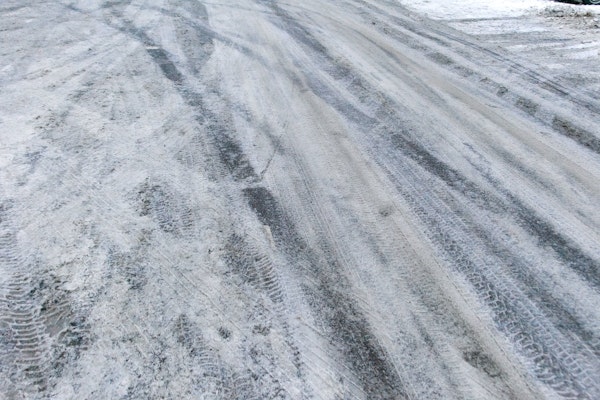
Historic Snowstorm Brings Chaos to US South With Record-Breaking Cold and Snowfall
A rare snowstorm dumped record amounts of snow across the US South, causing travel chaos, frozen pipes, and widespread disruptions in states unprepared for such severe winter weather.
January 24
Catastrophe
Property
Risk Management
Technology
Arkansas
Florida
Georgia
Louisiana
Oklahoma

Rising Risks in Homeowners Insurance Demand Swift Action
The accelerating impacts of climate change, coupled with slow government response and human reluctance to prepare, are driving a homeowners insurance crisis in wildfire-prone states like California.
January 14
Catastrophe
Legislation & Regulation
Property
Risk Management
California
Colorado
Florida
Hawaii
Louisiana
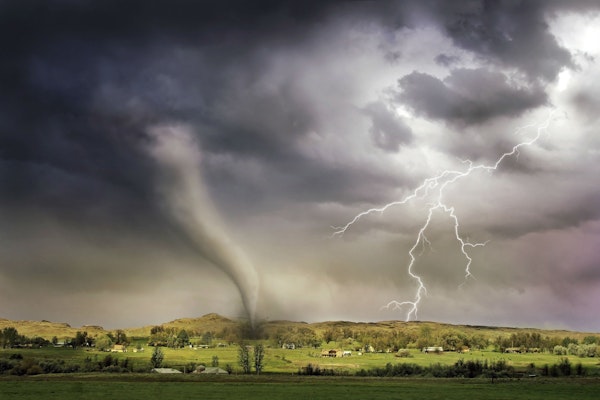
Year-End Tornadoes Spark Surge in Insurance Claims Across Southern States
Severe storms from December 26–29, 2024, caused extensive tornado damage across 10 Southern states, generating over 2,700 insurance claims and highlighting a rising trend in extreme weather events.
January 6
Catastrophe
Insurance Industry
Property
Risk Management
Alabama
Mississippi
North Carolina
South Carolina
Texas

Rising Home Insurance Nonrenewals Reshape Housing Market Across the U.S.
As climate-driven disasters increase, nonrenewed home insurance policies are surging nationwide, impacting property values, mortgages, and economic stability in vulnerable communities.
December 30, 2024
Catastrophe
Legislation & Regulation
Property
Risk Management
Alabama
California
Colorado
Connecticut
Florida

Senate Report Blames Climate Change for Insurance Challenges as Industry Pushes Back
The Senate Budget Committee attributes rising non-renewal rates to climate change, but insurance experts highlight other drivers like inflation, litigation, and overbuilding.
December 19, 2024
Catastrophe
Legislation & Regulation
Property
Risk Management
California
Florida
Hawaii
Louisiana
Massachusetts
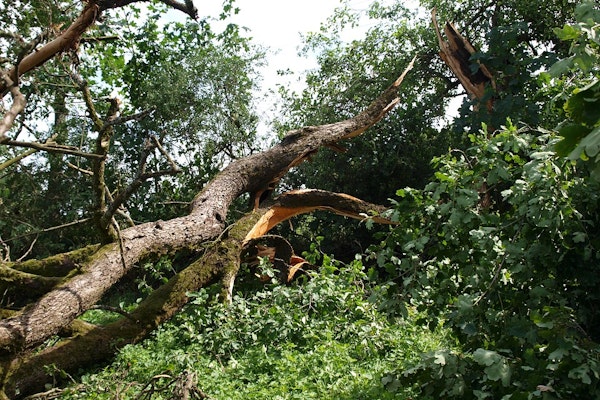
Record-Breaking 2024 Hurricane Season Ends with $50 Billion in Insured Losses
The 2024 Atlantic hurricane season, ending with 18 named storms, saw record-breaking storms, including Hurricane Milton, which inflicted billions in insured losses across the U.S.
December 2, 2024
Catastrophe
Insurance Industry
Property
Risk Management
Florida
Georgia
Louisiana
North Carolina
South Carolina

Rising Inland Flood Risk Demands Urgent Attention in U.S.
The Insurance Information Institute’s latest report highlights the increasing flood risks faced by inland areas due to shifting weather patterns. Hurricanes, tropical storms, and thunderstorms are pushing the boundaries of flood-prone regions, underscoring the need for better insurance coverage, flood resilience, and mitigation strategies to bridge the protection gap in non-coastal communities.
November 14, 2024
Catastrophe
Legislation & Regulation
Property
Risk Management
Florida
Georgia
Kentucky
New Jersey
New York
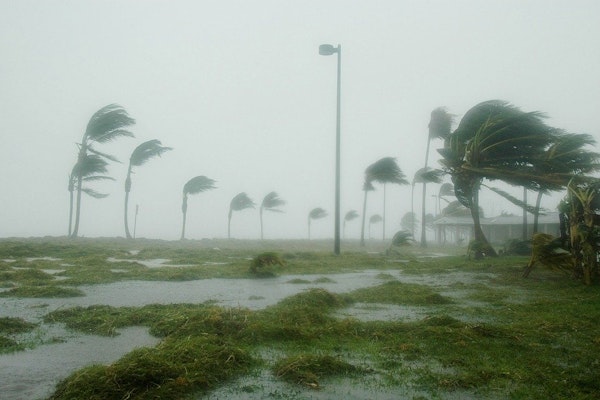
Florida Hurricane Damage Claims Reach $4.775 Billion After Hurricanes Helene and Milton
Insurance claims in Florida from Hurricanes Helene and Milton have reached $4.775 billion, up $169 million from last week’s total. The storms have left extensive residential and commercial property damage, according to the Office of Insurance Regulation.
November 12, 2024
Catastrophe
Insurance Industry
Legislation & Regulation
Property
Florida
Georgia
North Carolina
South Carolina
Tennessee

Widespread Flooding from Hurricane Helene Spotlights Inland Insurance Gaps
The devastation from Hurricane Helene reveals a significant inland flood-protection gap, particularly in flood-prone communities without sufficient insurance coverage, where misinformation and funding challenges further slow recovery efforts.
October 28, 2024
Catastrophe
Insurance Industry
Legislation & Regulation
Risk Management
Florida
Georgia
Kentucky
New Jersey
New York

Climate Change Intensifies Hurricane Helene’s Impact on Coastal and Inland Communities
Hurricane Helene, a Category 4 storm, caused catastrophic flooding and destruction from Florida’s coast to the Southern Appalachians. Research shows climate change intensified its rainfall, winds, and flooding risks.
October 11, 2024
Catastrophe
Legislation & Regulation
Property
Risk Management
Florida
Georgia
North Carolina
South Carolina
Tennessee
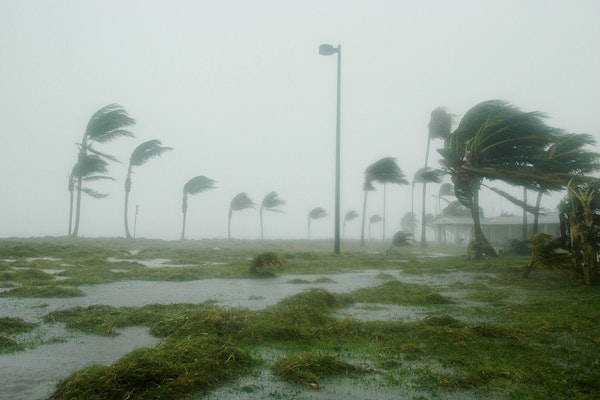
Hurricane Milton Could Deplete U.S. Insurers’ Catastrophe Budgets, Global Reinsurers Likely to Endure
Hurricane Milton, a Category 5 storm expected to strike Florida, threatens to deplete U.S. property/casualty insurers’ catastrophe budgets and test global reinsurers’ limits, though most are expected to weather the storm without significant capital impacts.
October 10, 2024
Catastrophe
Insurance Industry
Property
Risk Management
Florida
Georgia
North Carolina
South Carolina





